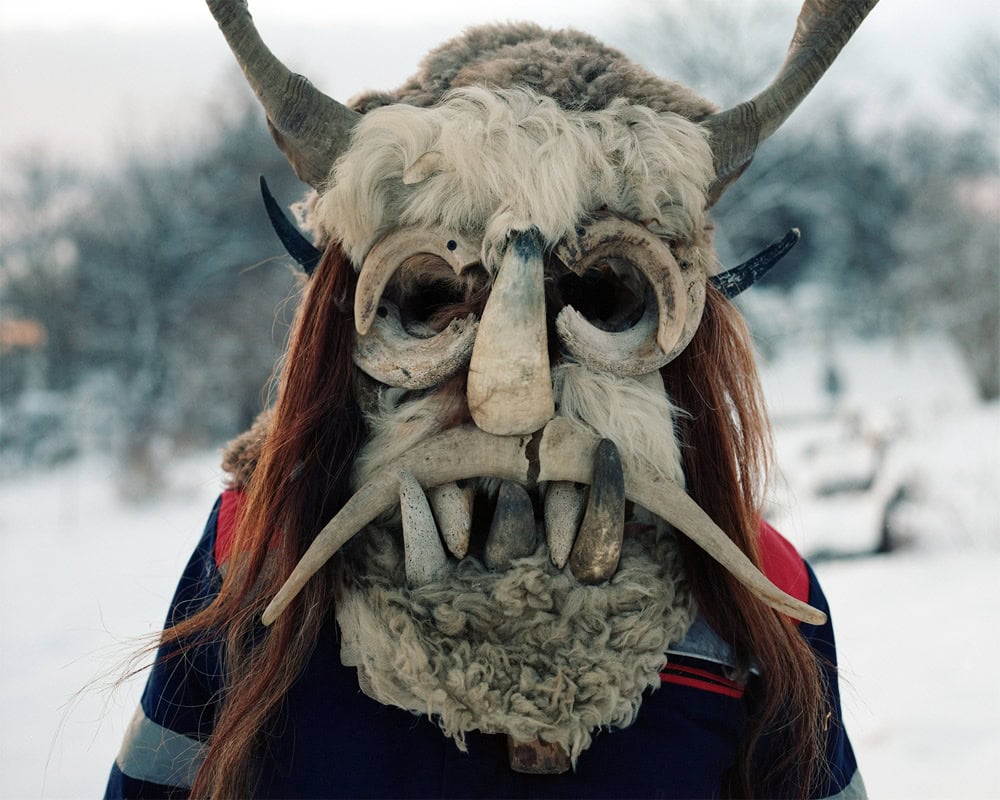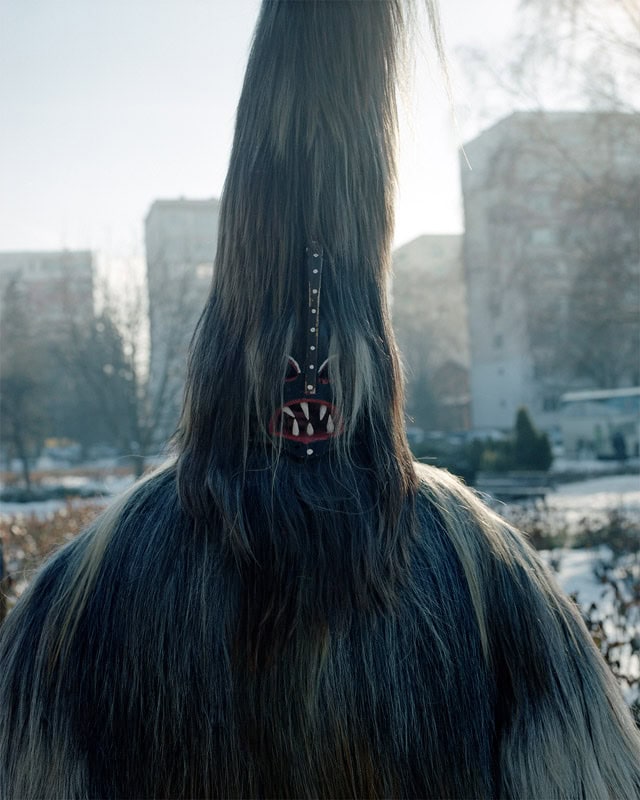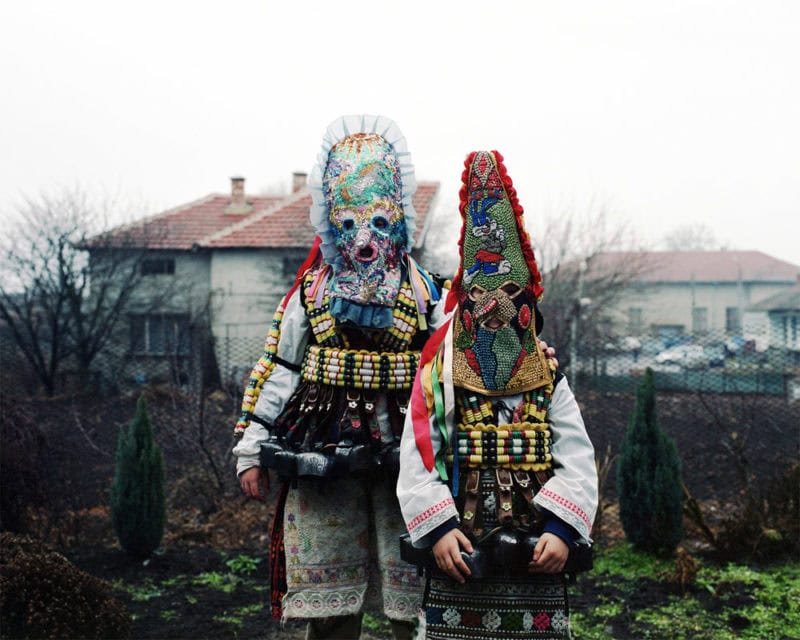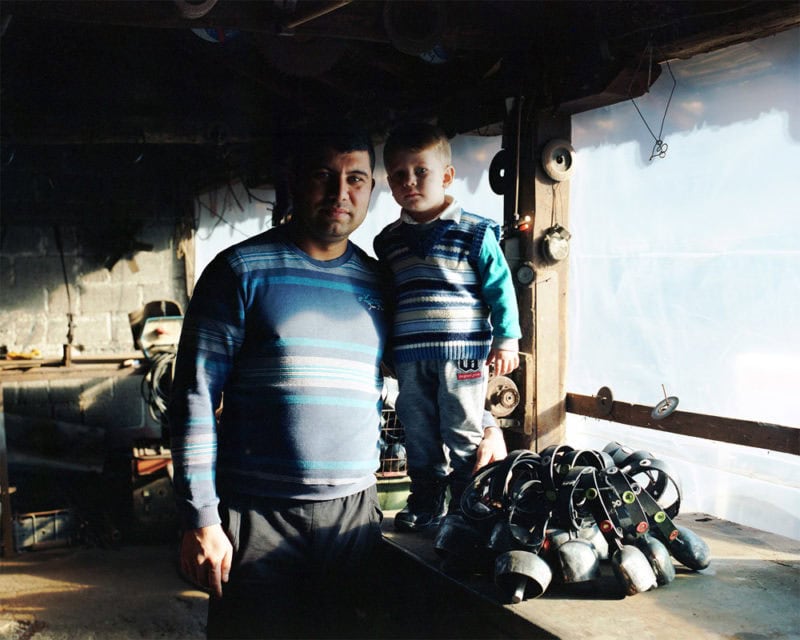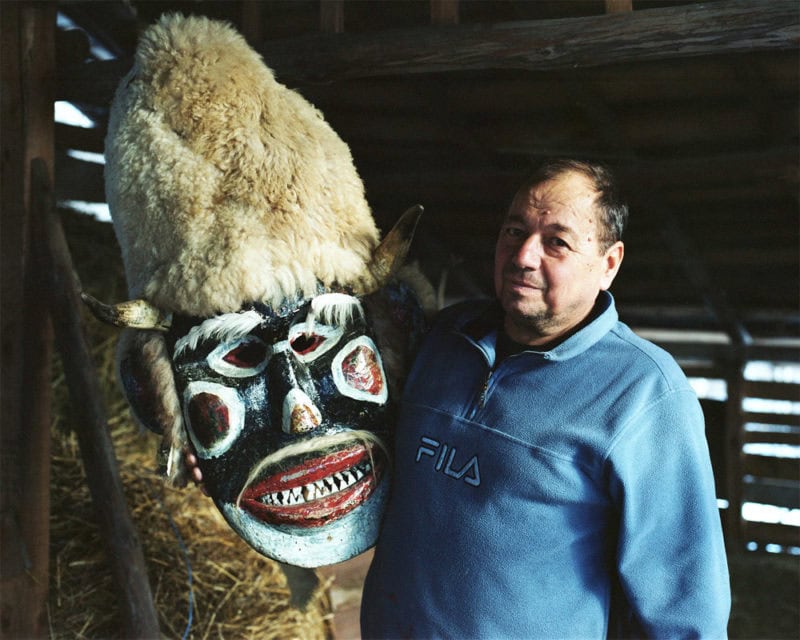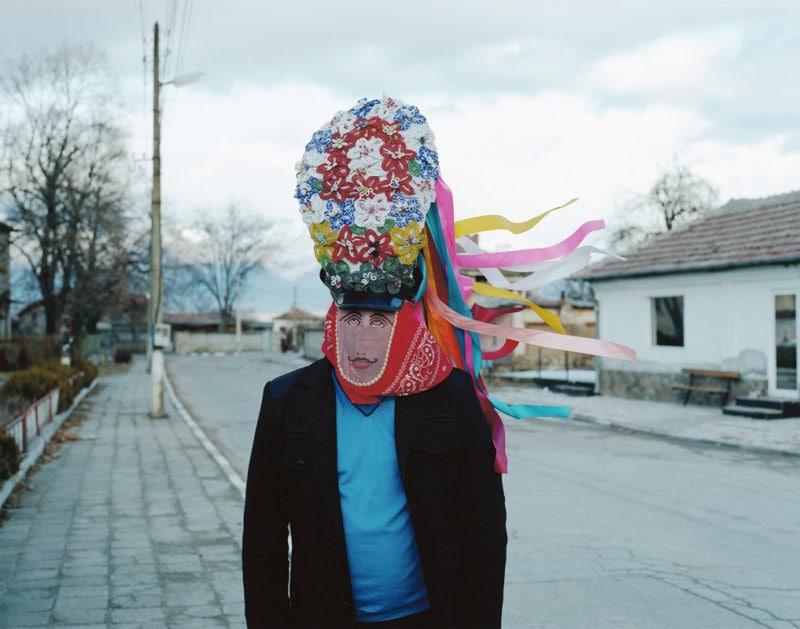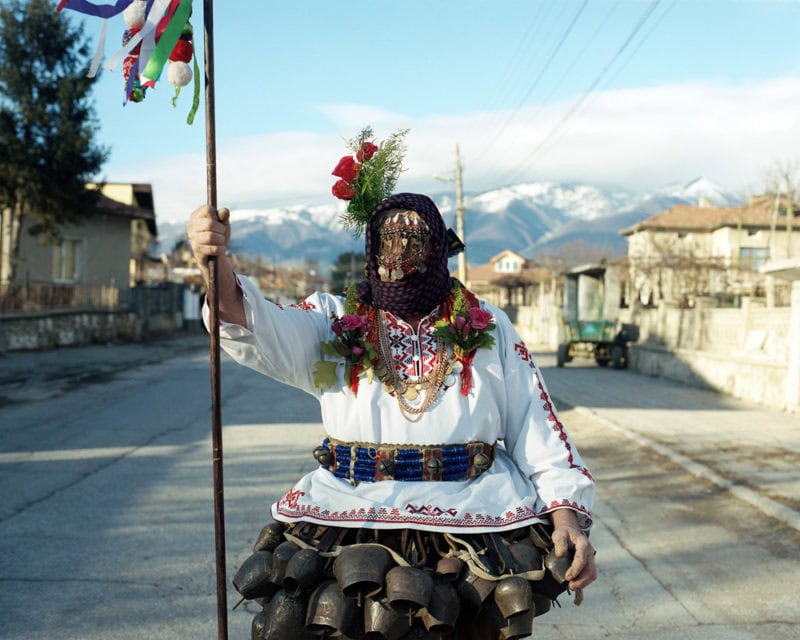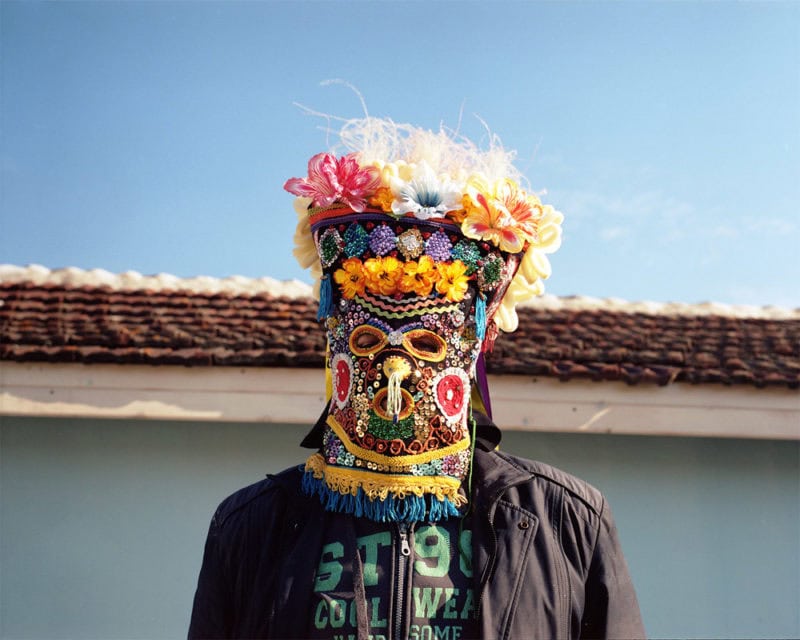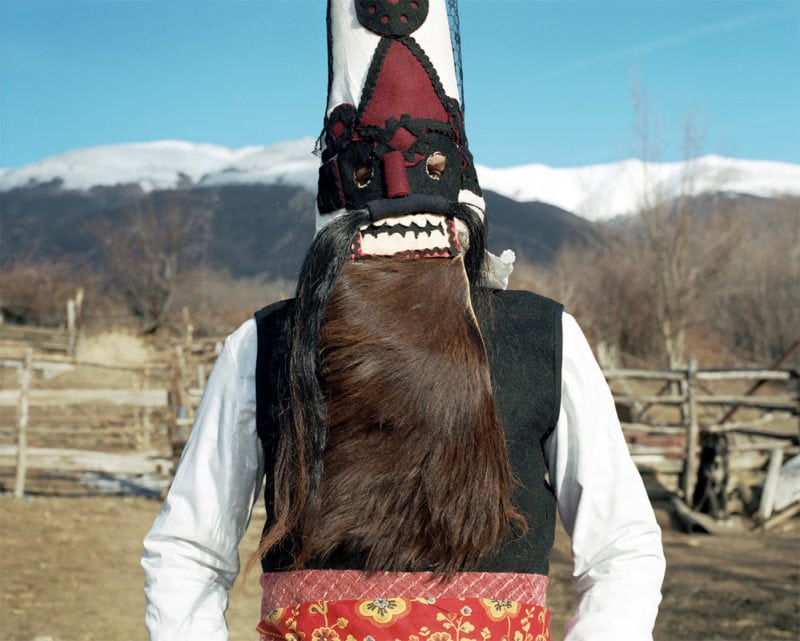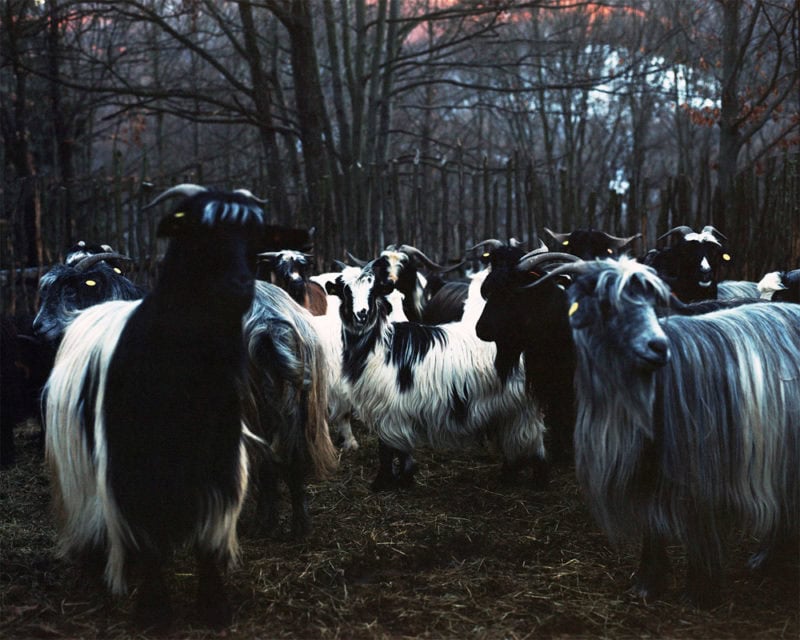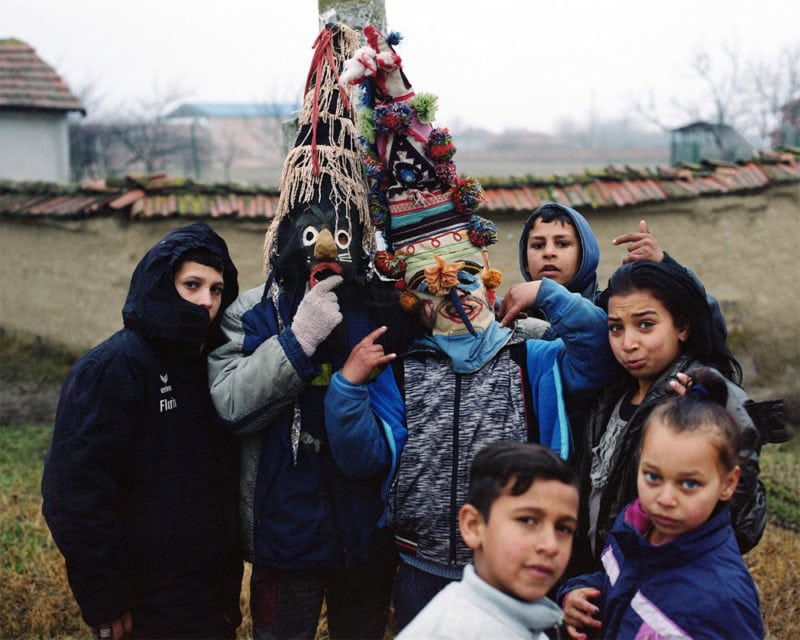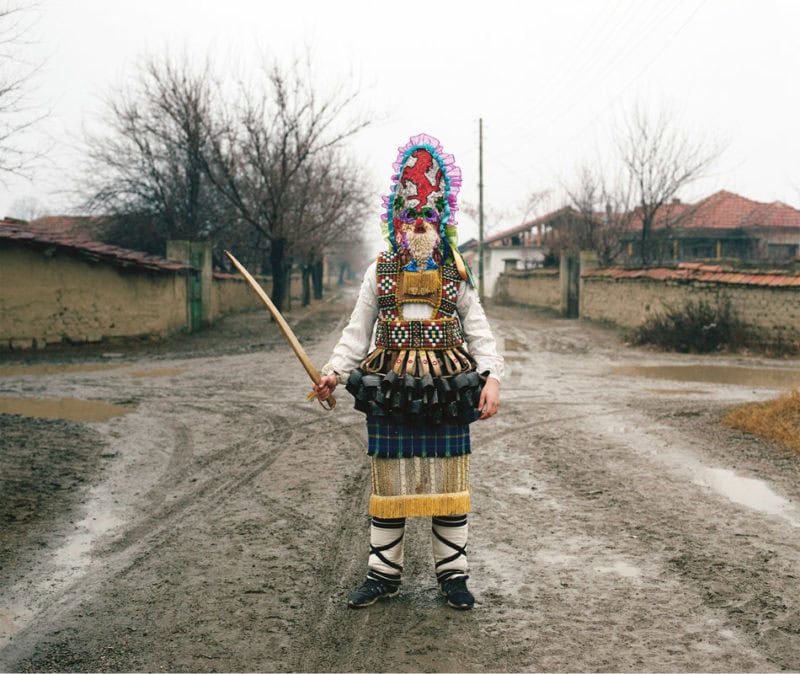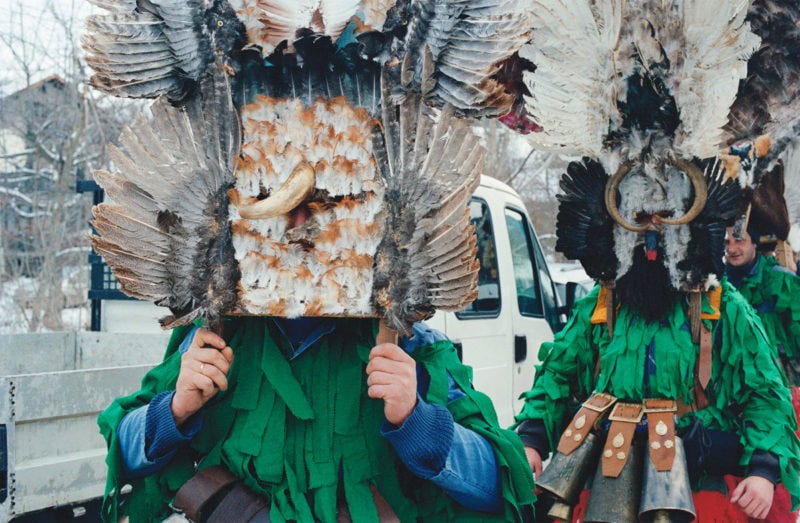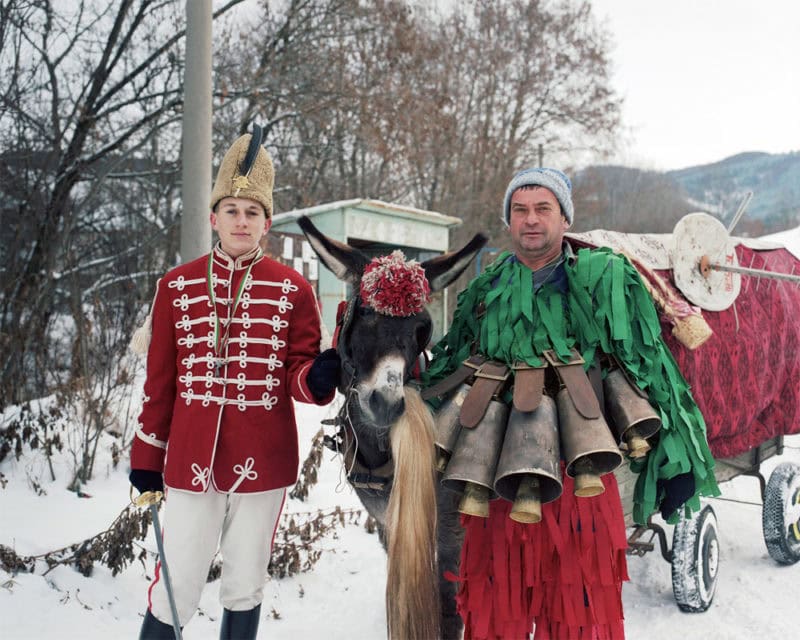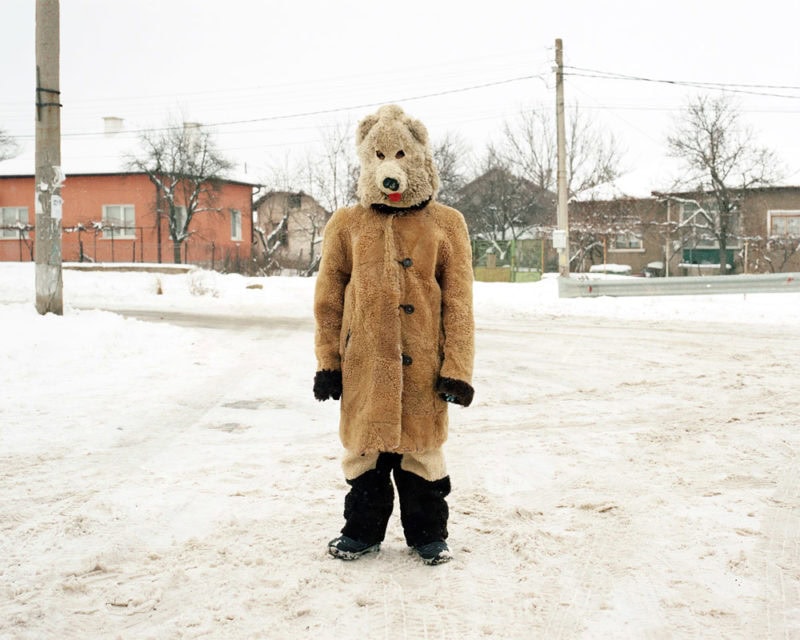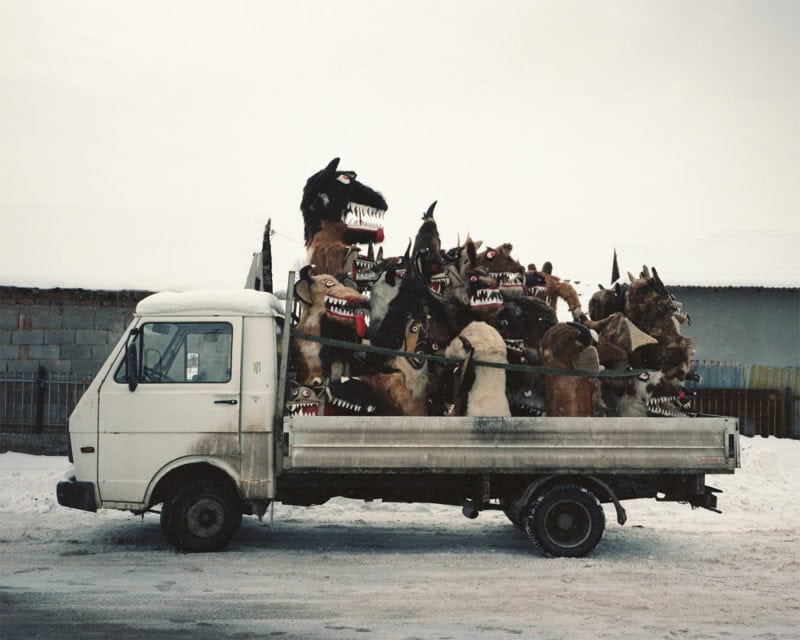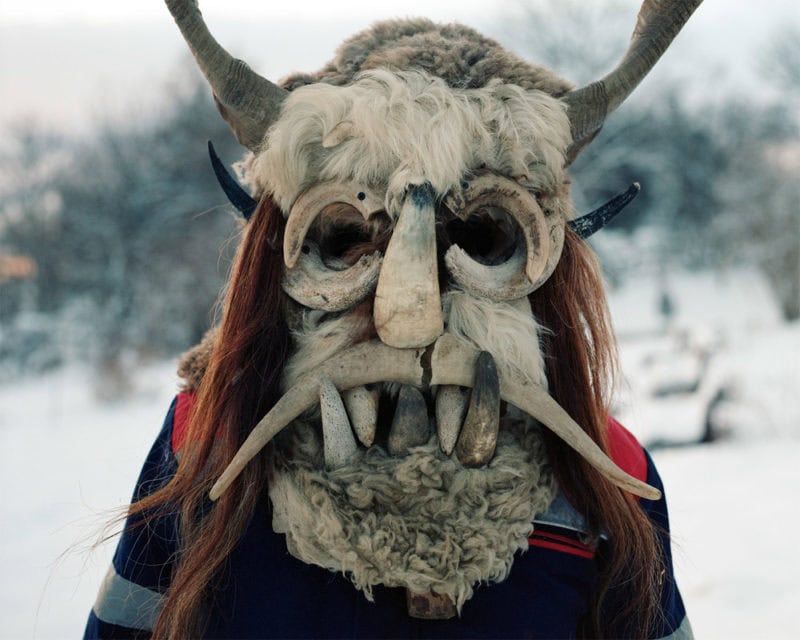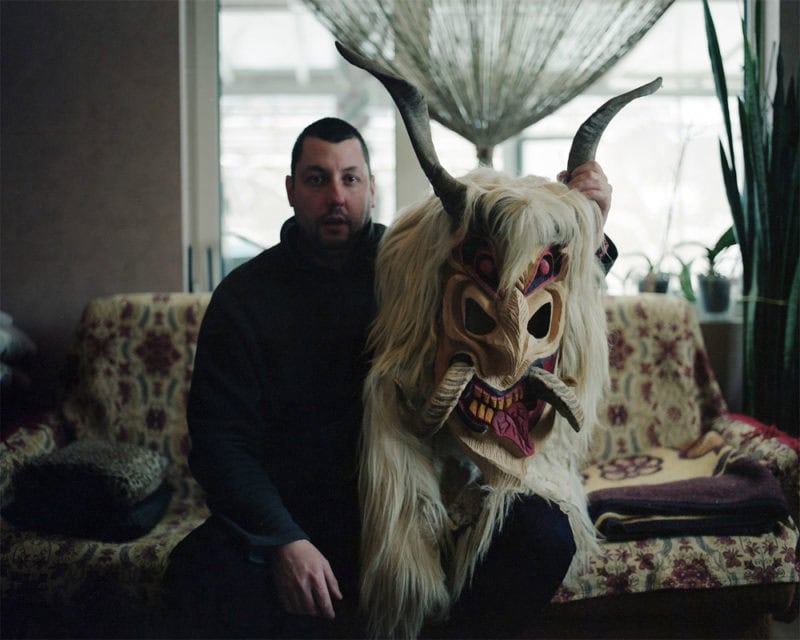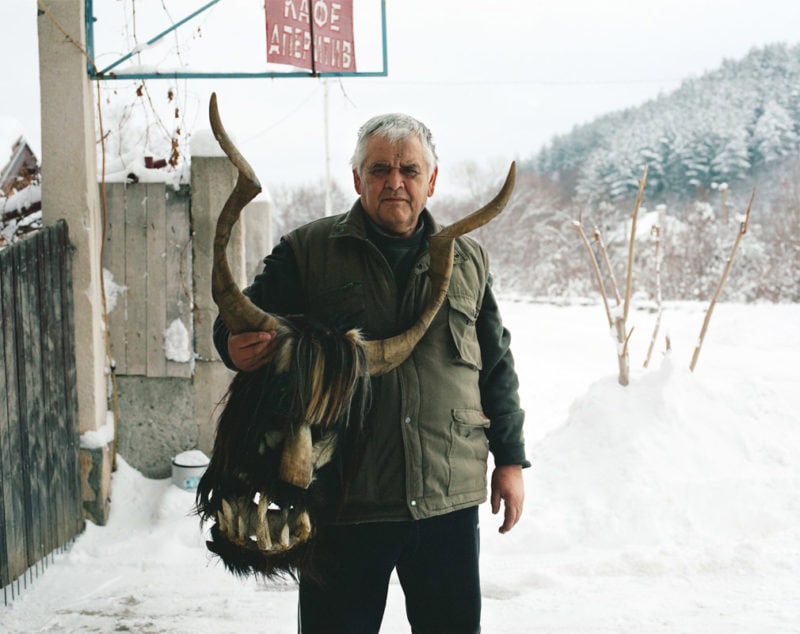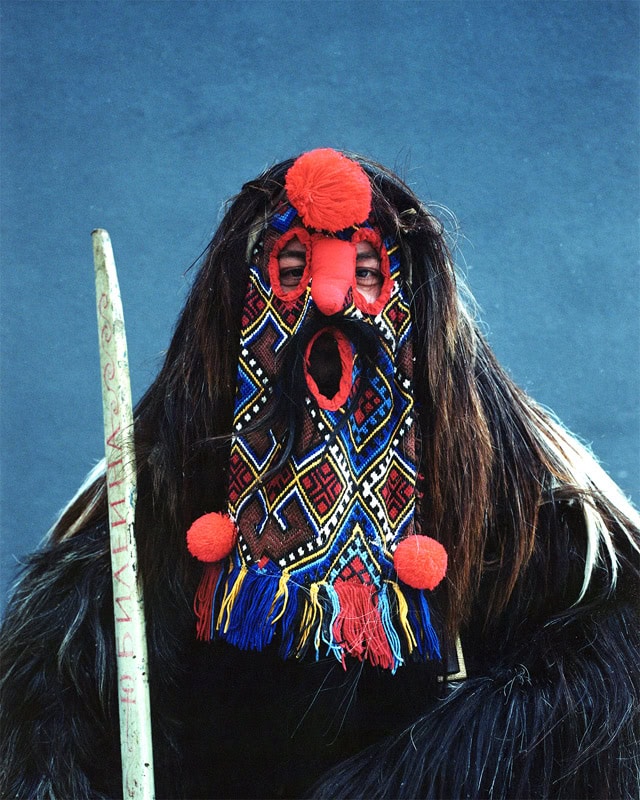This is an unpublished project premiered today on C41 Magazine.
Born in 1988 in Tours. Independent photographer – light technician. Lives and works in Paris. In parallel with his studies of Sociology, he learns, as an autodidact, photography with a marked interest for the film. In 2012, he became general manager at Studio Zero, then assistant photographer. He collaborates on projects for the world of fashion and luxury and perfects himself on staging and artificial light in a photo studio. In 2015, he made a trip to the Trans-Liberian region to Burma, turning to a more documentary practice of photography. In 2019, he left to realize his first report in Bulgaria.
About ‘The game of masks’ – words by Renaud Morin:
From the Middle Ages, carnivals become reinterpretations of pagan rites expressing a disorder favorable to the renewal of nature. Exceeding the theatrical event, the Bulgarian carnivals are the expression of primary ideas, obscured and concealed by time. Bulgarian folk tradition and culture are influenced by cultural patterns of Thracians, Proto-Bulgarians and Slavs. It is at the time of the new year and then at the beginning of spring that the so-called Sourvakari and Koukeri parade in the villages in order to drive away evil spirits, to bring prosperity, health, happiness and a year of abundant harvest. The myth of the wild is very present and comes alive through costumes and masks. The Kouker is a zoomorphic folkloric character associated with agriculture, whose mask and costume are loaded with colors and apotropaic objects (which conjure evil luck). During the big parades at the beginning of the year, he performs a number of ritual acts related to plowing and seeding. He imitates death and resurrection, symbolizing the passage from one season to another. Each mask is unique and manufactured by its wearer. Originally they are made of animal materials and objects of recovery. The manufacturing techniques evolve with new materials but the original elements such as the bells are still present and are manufactured in the homes or in the Mechkarnitsa (gathering places used as a workshop). The bells occupy a very important space in the carnival game, since they represent the voice of the masks, their sound expression and a form of supernatural presence.
They produce a terrifying effect on carnivorous, domestic and wild animals, and fascinate the public by reinforcing the popular belief in their power to chase away evil. This folklore celebrated by a majority of the population, originally exclusively male, opens today to children and women. It resides around this practice still a lot of mystery linked to an oral and secular transmission which makes this phenomenon magic and suspended in time.
